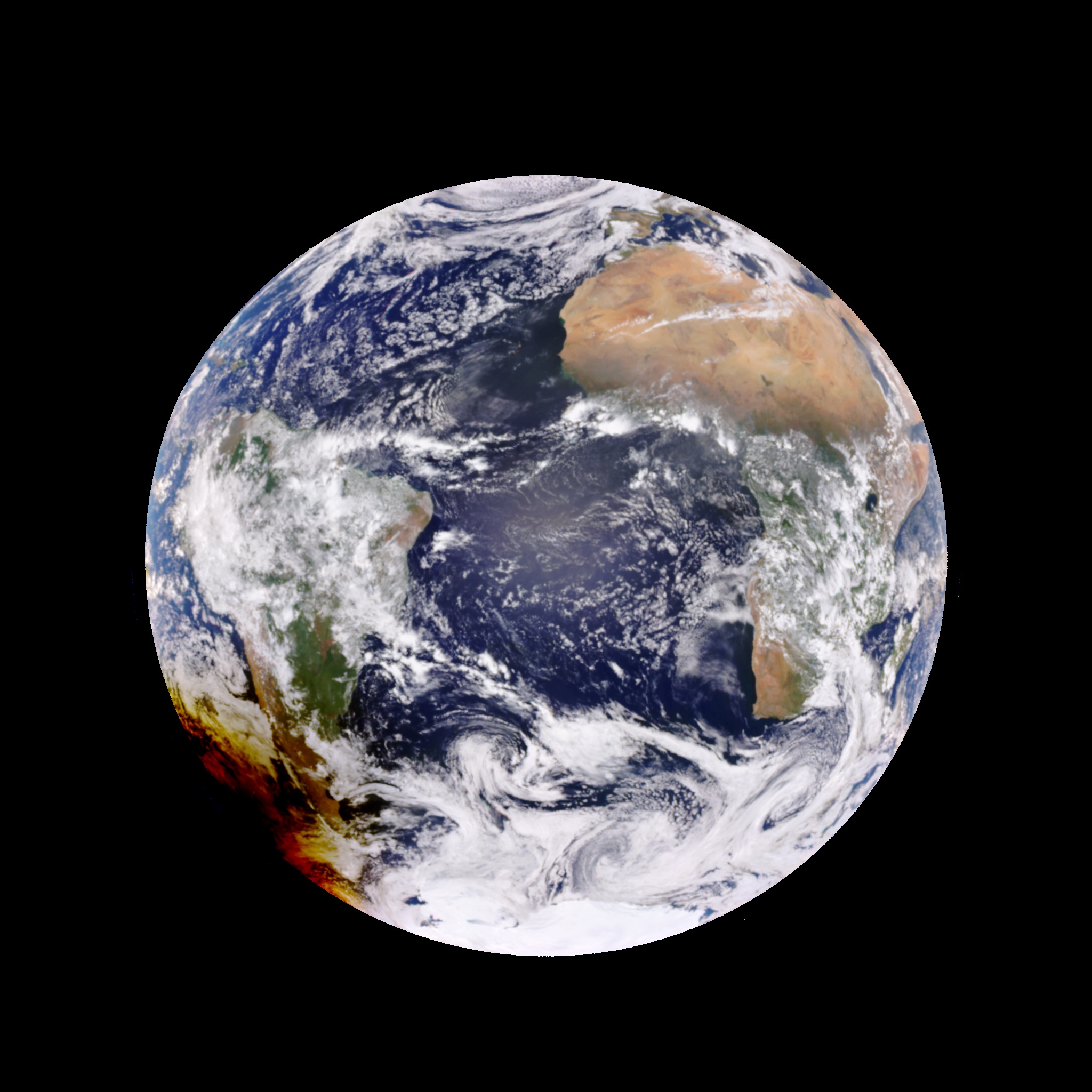
How to Destroy the Earth in 3 Easy Steps

Paul M. Sutter is an astrophysicist at The Ohio State University, host of Ask a Spaceman and Space Radio, and author of "Your Place in the Universe" (2018). Sutter contributed this article to Space.com's Expert Voices: Op-Ed & Insights.
Mad scientists through the ages have dreamed of holding the world hostage by threatening to destroy the whole thing, demanding riches, power and fame, and respect from their peers. But if you're going to play this game yourself, you'd better do it right — and doing it right means doing your homework.
Destroying our planet is no easy task. Sure, you could bomb us back to the stone age, introduce a plague to wipe out all complex life or whip up some sort of nanomachine to completely eliminate the entire biosphere. But in all those cases, the rock we stand on would still remain, lifelessly circling the sun for billions of years to come. [Six Cosmic Catastrophes that Could Wipe Out Life on Earth]
So let's be serious. If you want to destroy the planet, you have to really aim to destroy the actual planet.
Step 1: Get the math right
Our planet is held together by its own gravity. You can think of it like a massive, rocky onion. The gravity of the innermost core holds the next layer onto it. Then their combined gravitational attraction keeps the next layer glued. Then their total weight grips the next layer. I think you get the idea, but this process repeats until the entire might of the Earth — all 5.972 x 10^24 kilograms of it — holds you to your seat and attracts a thin atmosphere to top it all off.
So if you want to blow up the Earth, you need to unpeel that onion, one layer at a time. You need to send every layer, every chunk of rock and speck of dirt and shovelful of molten magma into space. And not just into space temporarily — you need to make sure that stuff completely escapes the gravitational pull of the (remaining) Earth for all eternity.
In other words, you need to accelerate all the parts of the Earth to escape velocity. That's no easy feat: We typically use giant rockets to hurl a few measly tons into orbit and beyond.
Although once you get started, the going gets easier. With every kilogram sent into the void, that's one less kilogram that's holding back the next kilogram. As you unpeel the Earth, layer by layer, the gravitational pull gets weaker and each layer is easier than the last to launch. By the time you're nearly done and you're packing our iron core into interstellar moving boxes, it'd be no different than doing the same to a small moon.
This entire process can be summarized by a handy equation that relates the energy needed to destroy a planet (or in more polite terms, "unbind" it) to its mass and radius. (The equation assumes a uniform density of the planet under consideration, allowing for a rough estimate.) For the Earth, you need somewhere around 10^32 joules.
Step 2: Find a source of energy
That's a lot of energy. To give you some sense of the enormity of that number, in 2013 the entire human race consumed a measly 10^20 joules of energy to power everything humans use: wood-burning fires, engines, alarm clocks, TVs, electronic article-reading devices and more. So if you were to somehow capture all the energy output of our nuclear power plants, hydroelectric dams, coal plants, solar panels and wind farms — leaving absolutely nothing else for anybody else — you would need to wait a trillion years to reach the amount we're talking here.
A trillion years to collect enough energy to completely rip apart the Earth. If you want to be taken seriously as a threatening mad scientist, you need a new plan. After all, our sun will burn out in only 5 billion years, and there wouldn't be much point in destroying the Earth after that, would there?
What about the sun? The sun is big and bright and emits a lot of energy. Every second of every day, our star chews through about 4 million tons of hydrogen, fusing it into helium and releasing energy in the form of radiation. That radiation escapes (eventually) and blasts its way through space.
Most of it is simply lost, doing nothing interesting or useful at all, but some of it strikes the Earth, where it can be harnessed. Algae and plants learned this lesson billions of years ago, and learned how to harness that energy for their own purposes. That energy eventually winds its way up the food chain into your Saturday morning breakfast cereal. So there's a lot of energy from the sun … but is it enough?
Step 3: Wait
If you were to coat the entire surface of the Earth in solar panels, absorbing 100 percent of all that juicy, incoming radiation, it would take you … 18 million years to collect enough energy to unbind our planet. That's certainly a significant step up from the trillion years needed by relying on human-made energy sources, but it's still quite a long haul. Let's hope no superhero finds your secret lair in that time.
But only a tiny, tiny fraction of the sun's energy strikes the Earth. What if you could — somehow — capture all the solar output? In that case, you would need only one week to collect enough energy to do the deed.
One week! That's not bad at all. Now all the people of the Earth will take your threats seriously.
Except, if you're handy enough to construct a device that collects all the sun's energy … what are you still doing on Earth?
Learn more by listening to the episode "What happens when galaxies collide?" on the Ask A Spaceman podcast, available on iTunes and on the Web at http://www.askaspaceman.com. Thanks to @BatCruRon5 for the questions that led to this piece! Ask your own question on Twitter using #AskASpaceman or by following Paul @PaulMattSutter and facebook.com/PaulMattSutter. Follow us on Twitter @Spacedotcom and on Facebook. Original article on Space.com.
Sign up for the Live Science daily newsletter now
Get the world’s most fascinating discoveries delivered straight to your inbox.

Paul M. Sutter is a research professor in astrophysics at SUNY Stony Brook University and the Flatiron Institute in New York City. He regularly appears on TV and podcasts, including "Ask a Spaceman." He is the author of two books, "Your Place in the Universe" and "How to Die in Space," and is a regular contributor to Space.com, Live Science, and more. Paul received his PhD in Physics from the University of Illinois at Urbana-Champaign in 2011, and spent three years at the Paris Institute of Astrophysics, followed by a research fellowship in Trieste, Italy.











